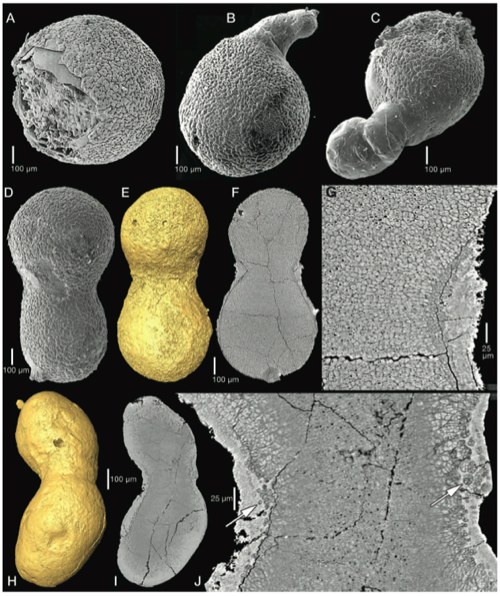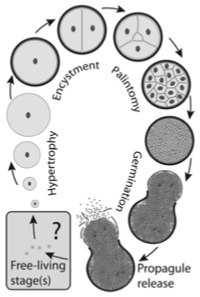I hope some of the New Hampshire readers are paying attention: you have two creationist bills working through the legislature, and some real dingbats backing them.
Bergevin told the Monitor, “I want the full portrait of evolution and the people who came up with the ideas to be presented. It’s a worldview and it’s godless.” He reportedly blamed the acceptance of evolution for the atrocities of Nazi Germany and the 1999 Columbine shooting.
I know NH has extremely diverse representation…tell me these clowns are going to get laughed down as soon as their bills come up for a vote.
(Also on Sb)







